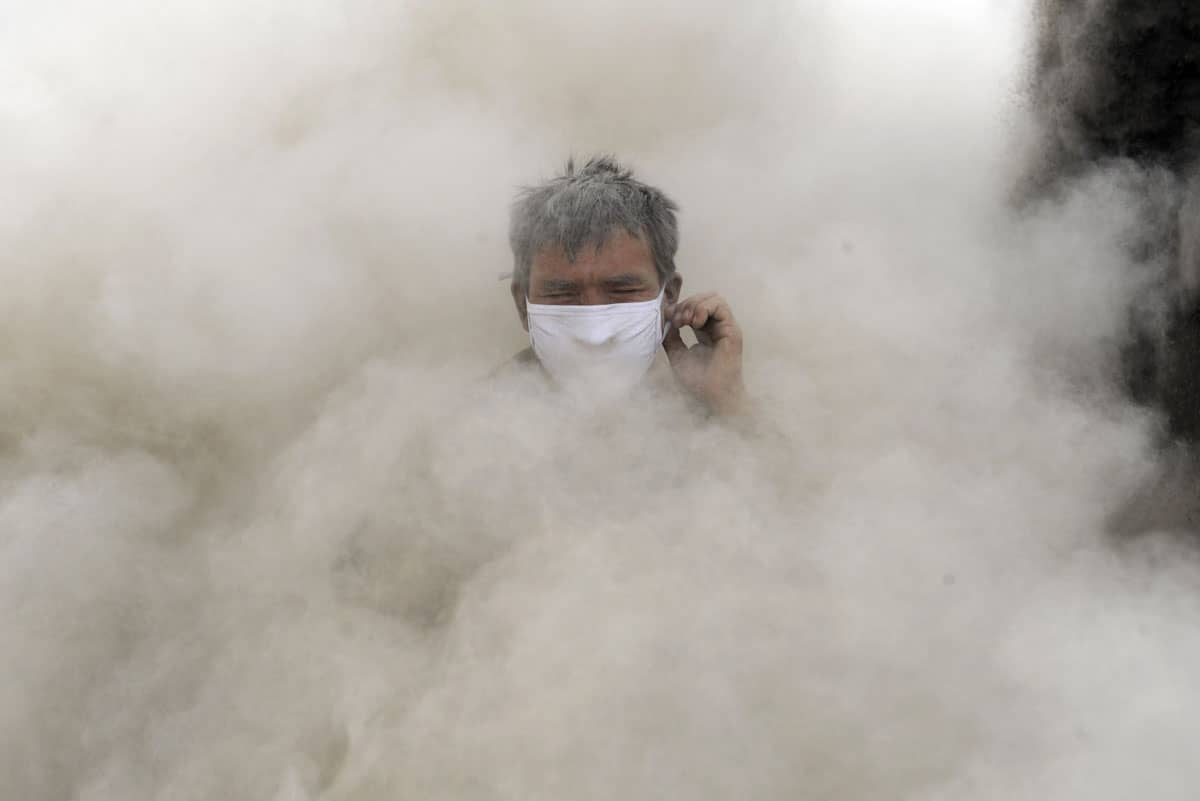One of the several healthcare providers for construction workers, the University of Virginia Health System, has released an outline for infection control policies and procedures on Friday. This was done as an effort to minimize the impact of construction project environments on the health of the building workers present on site most of the time.
This system of strict health observation required training and following guidelines to a dot. These guidelines are to be followed by the workers on the field during the construction process. The strictness and methods in the guide may vary depending upon the risk level of the construction worker doing a specific job.
The gist of the guidelines are counted out as follows.

According to recent research, some construction companies handling renovation or building projects that cause a lot of dust and debris are not following strict protocols to observe their workers' health. This is a serious matter whose effect can stack up over the years. A competent contractor should always advise their workers and subcontractors on how to avoid creating the jobsite conditions that could have a negative impact on their health.
The survey's 129 participants ? managers and field supervisors ? were gleaned from eight firms from Building Design+Construction's 2017 list of the top healthcare contractors in the United States. That year, those companies completed 25% of all U.S. healthcare projects.
Only 52% of those surveyed said that owners of healthcare projects always or often required construction teams to receive training about how to perform work safely in or near occupied healthcare facilities, but 77% said that such training was typically required at the start of projects.
Obviously, this study clearly points out that more construction companies need to make sure their superintendents, workers and subcontractors working in or near hospitals and other healthcare projects are aware of the dangers they can pose to patients. Although researchers did not mention the COVID-19 pandemic, one can reasonably assume that airborne contaminants could create a great risk for those with the severe respiratory symptoms that are commonly associated with the disease.